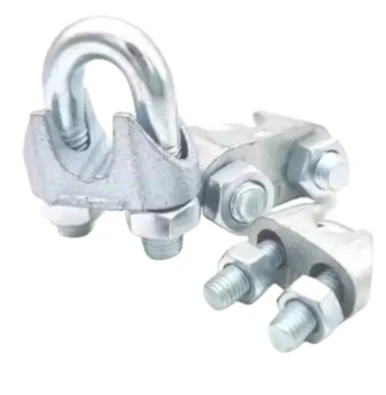Dec . 14, 2024 15:44 Back to list
Understanding the Significance of Bolt Size in Engineering and Construction
Understanding Bolt Size Importance and Considerations
When it comes to construction, mechanical engineering, and various industrial applications, the term bolt size is often mentioned. A bolt is a long, threaded fastener used to secure objects together, and its size is crucial for ensuring the integrity and stability of the assembly. Understanding bolt size entails knowing its dimensions, materials, grades, and application contexts, all of which can significantly influence the performance and safety of a project.
Key Dimensions of Bolt Size
The size of a bolt typically refers to its diameter, length, and thread pitch. The diameter is the most significant factor in determining the bolt's strength and load-bearing capacity. Common measurements for bolt diameter are given in both imperial and metric units, such as inches or millimeters. Sizes could range from small bolts of a few millimeters to large structural bolts exceeding an inch in diameter.
Length is another critical aspect of bolt sizing. The length is measured from the underside of the head to the end of the bolt. Choosing the correct length is vital; if a bolt is too long, it can protrude unnecessarily, creating hazards or causing interference with adjacent components. If it's too short, it may not provide adequate grip, leading to structural failure.
Thread pitch refers to the distance between threads, affecting how tightly a bolt can be secured. This is particularly crucial in applications where continuous friction or vibration might cause a bolt to loosen over time. Both fine and coarse threads have their own applications, with fine threads typically providing more holding power in softer materials, while coarse threads are easier to install and remove.
Material and Grade Considerations
bolt size meaning

Bolt size is also linked to the materials used in its construction. Common materials for bolts include carbon steel, stainless steel, and alloy steel. Each material has its own characteristics and is selected based on factors like corrosion resistance, tensile strength, and temperature stability.
Moreover, bolts are classified into different grades based on their tensile strength and yield point. For instance, common bolt grades in the United States include Grade 2, Grade 5, and Grade 8, with higher numbers indicating stronger bolts. Understanding these grades is essential for engineers and construction professionals because using a bolt that is not adequately rated for the application can lead to catastrophic failures.
Application Context
The correct bolt size is not only about engineering principles; it involves understanding the application context as well. Bolts are used in various settings, from automotive engineering to construction, and each context has its own specific requirements. For instance, in the construction of buildings, structural bolts are often used to hold beams and columns together. In contrast, smaller precision bolts may be found in electronics or machinery, where space and tolerances are critical.
Also important is the environmental factor. For example, bolts exposed to corrosive environments, such as saltwater, will require specific coatings or materials to ensure durability. Similarly, bolts used in high-temperature applications might need to be made from special alloys to maintain their strength under stress.
Conclusion
In summary, understanding bolt size is a multifaceted issue that encompasses dimensions, materials, grades, and application contexts. Selecting the right bolt size is crucial for ensuring the safety and longevity of structures and machinery. Engineers and builders must consider these factors carefully and often consult standards and specifications related to bolt sizes to avoid errors that could lead to failures. In a world where precision is key, being informed about bolt sizing can make all the difference in achieving the desired outcomes, ensuring that constructions stand tall against time and stress.


